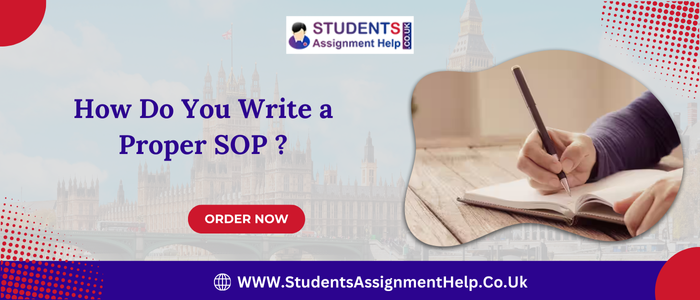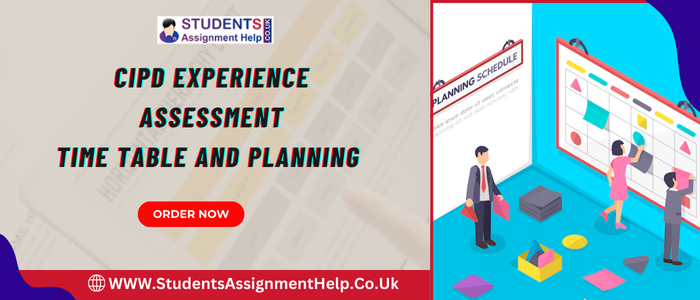How to Write Reference in Assignment?
Proper referencing is the most essential skill to achieve academic success in UK universities. This guide will take you through the nuts and bolts of referencing, covering some of UK institutions’ most frequently used styles and providing enough example references to ensure you can get each source correct.

Understanding the Importance of References
Reference citations serve a couple of functions in academic writing: they give credit for a scholarly person’s work, they indicate the level of research you’ve undertaken, and finally, they allow the reader to trace the cited sources for himself. Most importantly, referencing properly helps you avoid plagiarism, perhaps the most serious of all offences in UK universities.
The quality of your references will count for part of your grades, as these would testify to your ability to relate to and utilize academic literature in formulating your arguments. Good referencing is also one of the ways that help contribute to the broader academic discourse by creating a web of connected nodes in knowledge.
Common Referencing Styles in UK Universities
Harvard Referencing Style
The Harvard style is the most widely used referencing format in UK universities, particularly in social sciences and business studies. Here’s a comprehensive breakdown of how to implement it:
Get Special Discount Offers for Assignment Help
In-text Citations
When citing sources within your text, include the author’s surname and the year of publication in parentheses. Here are various scenarios:
- Single author: (Smith, 2023)
- Two authors: (Smith & Jones, 2023)
- Three or more authors: (Smith et al., 2023)
- Direct quote: Include page number (Smith, 2023, p. 45)
- Multiple sources: List chronologically (Smith, 2021; Jones, 2022; Brown, 2023)
- Same author, same year: Use letters (Smith, 2023a) (Smith, 2023b)
- No author: Use organization name or title (University of Oxford, 2023)
- Secondary referencing: (Smith, 2020, cited in Jones, 2023)
Reference List Format
Your reference list should be alphabetically ordered by author’s surname. Here are comprehensive examples of different source types:
For Books:
Surname, Initial. (Year) Title in Italics. Edition if not first. Place of publication: Publisher.
Example:
Thompson, J.B. (2023) Digital Media and Society: A Critical Introduction. 5th edn. Cambridge: Polity Press.
For Journal Articles:
Surname, Initial. (Year) ‘Article title’. Journal Name in Italics, Volume(Issue), page numbers. DOI if available.
Example:
Richardson, M.K. & Smith, A.B. (2023) ‘The Impact of Artificial Intelligence on Higher Education’. Journal of Educational Technology, 15(4), pp. 234-251. DOI: 10.1234/jet.2023.123
For Websites:
Surname, Initial. or Organisation (Year) Title of webpage. Available at: URL (Accessed: date).
Example:
BBC News (2023) UK Universities See Rise in International Students. Available at: https://www.bbc.co.uk/news/education (Accessed: 15 September 2023)
Hire an Essay Writer to Write your Complete Essay on Time
info@studentsassignmenthelp.co.uk
MHRA Style
The Modern Humanities Research Association (MHRA) style is common in humanities subjects. This style has distinct features:
Footnote Citations
First citation:
¹ John Smith, Understanding Modern Literature (London: Academic Press, 2023), p. 45.
Subsequent citations:
² Smith, Understanding Modern Literature, p. 67.
Bibliography Format
Smith, John, Understanding Modern Literature (London: Academic Press, 2023)
APA Style (7th Edition)
While less common in UK universities, APA style is sometimes required, particularly in psychology and social sciences:
In-text citation: (Author, Year, p. X)
Example: (Johnson, 2023, p. 12)
Reference list entry: Author, A. A. (Year). Title of work. Publisher Name.
Example: Johnson, M. (2023). Psychology in the digital age. Cambridge University Press.
Digital Resources and Online Citations
Electronic Sources
When citing online sources, always include these elements:
- Author/organisation name
- Year of publication or last update
- Full URL
- Access date
- DOI (Digital Object Identifier) when available
Examples of different digital sources:
Online Journal Articles:
Smith, J. (2023) ‘Digital Learning Environments’, Journal of Online Education [Online], 12(3), pp. 45-62. Available at: https://doi.org/10.1234/joe.2023.123 (Accessed: 1 October 2023)
Blog Posts:
Brown, T. (2023) ‘The Future of Academic Writing’, Academic Insights Blog, 15 September. Available at: https://academicinsights.com/future-writing (Accessed: 20 September 2023)
First Time Customer! Get 15% off on Assignments
Use Promo Code "SAH15"
Social Media References
For social media sources, include:
Twitter:
@username (Year) ‘Full text of tweet’, Twitter, Day Month. Available at: URL (Accessed: date)
Example:
Brown, T. (2023) ‘The Future of Academic Writing’, Academic Insights Blog, 15 September. Available at: https://academicinsights.com/future-writing (Accessed: 20 September 2023)
Essential Tips for Reference Management
During Research
- Keep detailed records of all sources as you research
- Note down all necessary bibliographic information:
- Author names and initials
- Publication dates
- Page numbers for specific quotes
- URLs and access dates for online sources
- Edition numbers for books
- Volume and issue numbers for journals
- Consider creating a spreadsheet to track your sources
- Take screenshots of web pages in case they change or become unavailable
While Writing
- Insert citations as you write rather than leaving them until the end
- Use reference management software like:
- Mendeley
- EndNote
- Zotero
- RefWorks These tools can automatically format your references and create bibliographies.
Consult with British Essay Writers to Write your College Essay
info@studentsassignmenthelp.co.uk
Common Mistakes to Avoid While Writing a Reference
Formatting Errors
- Inconsistent formatting within the reference list
- Missing italics for book or journal titles
- Incorrect punctuation between elements
- Wrong order of information
- Mixing citation styles within the same document
- Forgetting to update access dates for online sources
- Using incorrect capitalization in titles
Content Errors
- Incomplete source information
- Mixing different referencing styles
- Missing page numbers for direct quotes
- Incorrect author name format
- Citing sources not used in the text
- Including references not cited in the text
- Using secondary sources without acknowledgement
Final Checklist
Before submitting your assignment, ensure:
- All in-text citations have corresponding entries in your reference list
- References are consistently formatted throughout
- The reference list is alphabetically ordered
- All required elements are present for each reference type
- Online sources include access dates and working URLs
- Direct quotes have page numbers in citations
- The reference list begins on a new page
- Spacing and indentation are consistent
- All sources are academic and credible
- Secondary sources are properly acknowledged
Pay to get your assignments done on time
Conclusion
Mastering referencing takes practice, but it’s an essential academic skill. Keep this guide handy and remember that different departments or supervisors might have specific preferences. Always check your department’s style guide and when in doubt, ask your tutor for clarification.
Remember that proper referencing is not only an aspect of academic integrity but also helps to strengthen arguments through the demonstration of the scope and quality of research. So, take your time to get it right; it’s an investment in your academic success.
In the digital world, referencing never stops evolving and requires constant awareness of the guidelines. Many of the universities that offer online reference workshops and resource materials are out there; grasp these opportunities for further development in your skills. With practice and attention to detail, you find that proper referencing becomes second nature, enhancing academic writing and credibility in scholarship.























